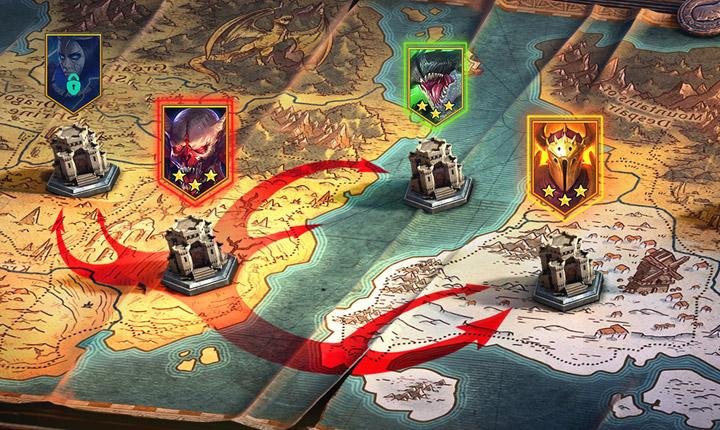Sizing Up the Battlefield: The Online Strategy Games Market Size

The true measure of a video game genre's economic power is often best understood by examining the overall scale and composition of its market. When analyzing the Online Strategy Games Market Size, it becomes evident that this is a major and highly profitable segment of the global entertainment industry. The forecast that the market will expand to a value of USD 53.32 billion by 2035, growing at an 8.72% CAGR from 2025, illustrates a market of substantial and enduring scale. However, this headline number is a composite figure, built from a sophisticated monetization strategy that includes in-game purchases, battle passes, and the immense value generated by the surrounding esports ecosystem, far surpassing simple game sales.
The largest and most significant component of the market size is revenue from in-game purchases, or microtransactions. In the free-to-play games that dominate the market, this is the primary source of income. The vast majority of this revenue comes from the sale of cosmetic items. In a MOBA like League of Legends, players spend billions of dollars collectively on "skins" that change the appearance of their favorite characters. These items offer no gameplay advantage but are a powerful form of self-expression and status. In mobile strategy games, the revenue also comes from the sale of resources or timers that speed up progression, a model that effectively monetizes player impatience.
Another crucial component of the market size is the revenue generated from "battle passes." This has become a standard monetization feature in most major online games. For a set price, players purchase a seasonal pass that gives them access to a track of rewards that are unlocked as they play the game and complete challenges. This model has been incredibly successful because it provides players with a feeling of constant progression and good value for their money, while giving the developer a predictable, recurring source of revenue every few months. This system has proven to be a highly effective and player-friendly way to drive monetization and is a major contributor to the market size.
Finally, the market size is significantly amplified by the direct and indirect revenue from the esports ecosystem. The direct revenue includes the sale of media rights to streaming platforms, sponsorship deals for leagues and tournaments, and the sale of team-branded in-game merchandise, where the publisher takes a cut. The indirect contribution is even larger. A thriving esports scene acts as a massive, year-round marketing campaign for the game. It keeps the community engaged, provides a constant stream of high-quality content to watch, and inspires new players to join the game, which in turn drives more in-game spending, making it a critical, albeit hard to quantify, component of the overall market size.
Explore More Like This in Our Regional Reports:
Germany Marketing Cloud Platform Market
- Art
- Causes
- Crafts
- Dance
- Drinks
- Film
- Fitness
- Food
- Jogos
- Gardening
- Health
- Início
- Literature
- Music
- Networking
- Outro
- Party
- Religion
- Shopping
- Sports
- Theater
- Wellness


